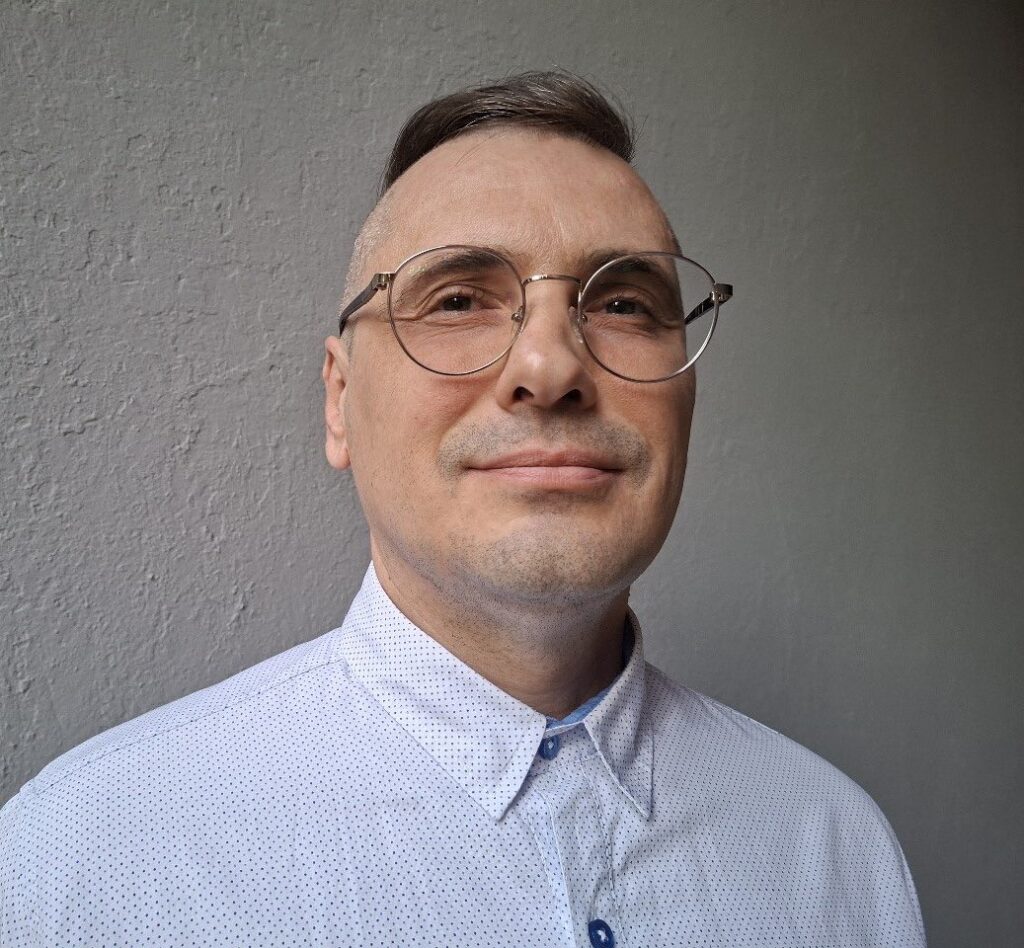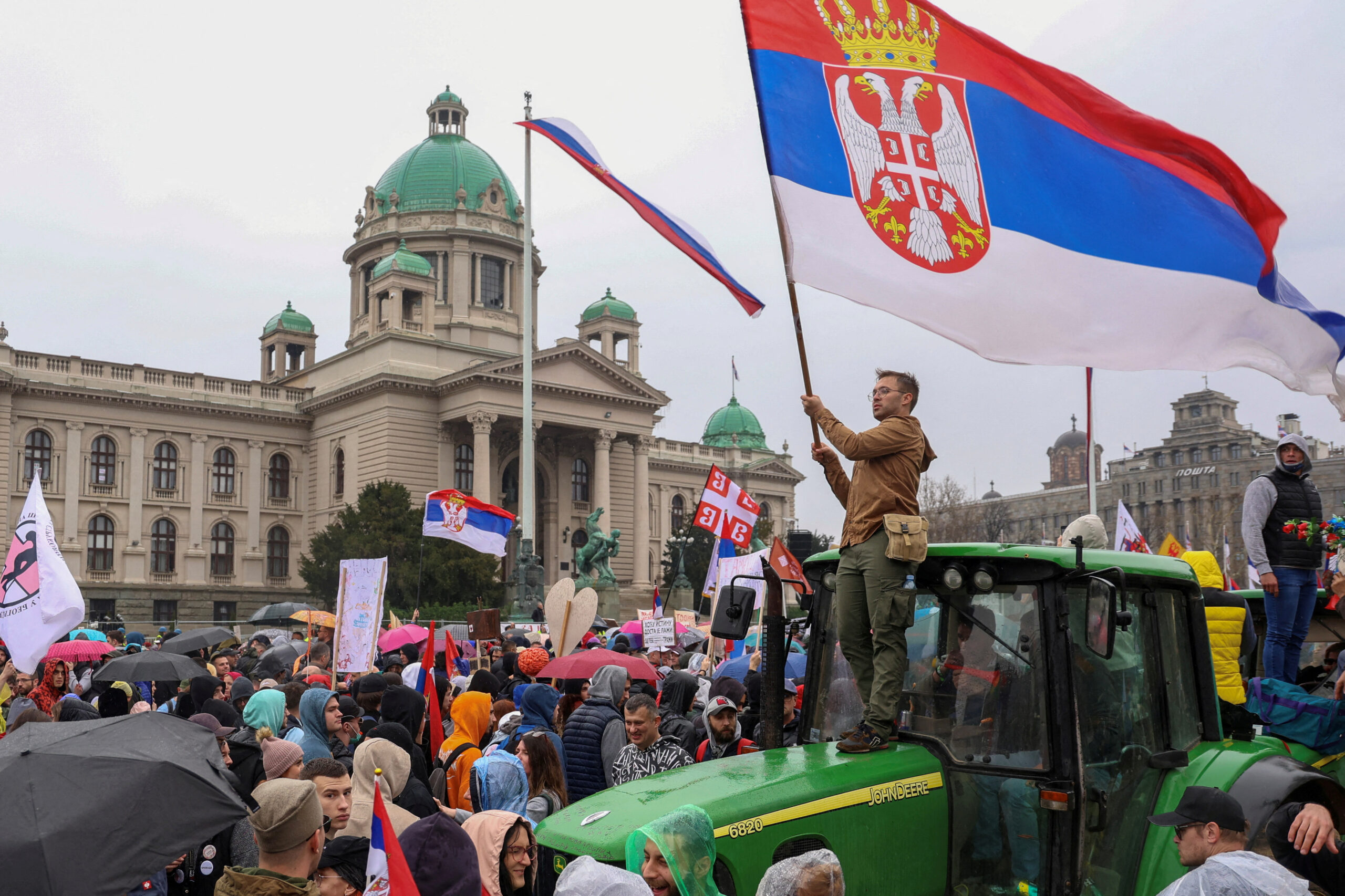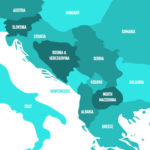The largest protest in the modern history of Serbian democracy was held on Saturday. For the past five months, Serbia has seen a wave of public discontent spilling on the streets after 15 people died at a newly renovated rail station in Novi Sad
Students are leading anti-corruption protests that have spread to major cities across Serbia and engaged all population strata. Students are demanding that all paperwork on the reconstruction of the Novi Sad station be made public, those responsible for the 15 deaths be arrested, and criminal liability for protesters be lifted. They also urge the government to reform higher education.
The large protest in Belgrade began as peaceful rally before several incidents sparked and an explosion occurred during a vigil for the Novi Sad victims. There are unconfirmed reports that the authorities employed a sound cannon against the protesters, as the blast caused panic in the crowd, effectively dispersing it. As expected, the authorities denied the allegations.
After that, the organizers took off their reflective vests, admitting they could not guarantee public safety at the event, which put the student protest in Belgrade to an end.
Earlier, Serbian students called for a peaceful protest and emphasized that they did not seek to tackle the government or have the president, Aleksandar Vučić, removed from office. An autocratic pro-Russian leader, Vučić is seen as someone who tries to sit on two chairs at once as he also tends to maintain good relations with Washington and Brussels.
President Vucic claims the Serbian authorities have met all the demands put forward by students and that the protest ultimately aimed to launch a “color revolution” and have him overthrown with the support from the West.
Serbians generally stand against the concept of “color revolutions”, alike the ones previously seen in Georgia, Ukraine, and Kyrgyzstan in the early 2000s, as they are seen as coups instigated by the United States and the European Union. This narrative has dominated Serbia as a result of Russian media propaganda efforts and Moscow’s overall influence in the Western Balkans.
Students believe that the judiciary and other government bodies in Serbia could be improved without removing Aleksandar Vučić’s authoritarian regime. Students also consider that Serbian opposition politicians have been compromised therefore protesters are unwilling to have them on board during protests.
The students see no option in forming a provisional expert government that would organize free and democratic elections. And here’s a “Catch-22” moment: the students have de facto civic power and influence, choosing not to exploit it in the political arena and in Serbian parliament, the People’s Assembly.
The authorities are trying to undermine protests by selective arrests. In recent months, Vučić’s party has rallied thugs from the criminal underworld to assault activists and ram them with cars on the streets, a tactic very much resembling the one employed by the government of disgraced Vitkor Yanukovych in Ukraine back in 2014 when the notorious “titushky” were deployed.
However, these moves have only escalated the situation.
The Serbian variant of the titushky plays a much more important role for Aleksandar Vučić than those Ukrainian thugs did for Yanukovych’s rule in Ukraine. Over the past 12 years, the Vučić regime has employed thugs to exert pressure voters during elections or intimidate activists at anti-government rallies.
Despite criminal records, Serbian titushky eventually got jobs in state-owned companies and sealed lucrative contracts with the government for their private businesses. The close ties between the authorities and the criminal networks as part of systemic corruption is one of the reasons behind massive public discontent.
The incidents at Saturday’s protest in Belgrade were allegedly provoked by Vučić’s thugs, who had set up a tent camp between the Serbian parliament and the presidential residence a few days earlier, obviously with law enforcers’ endorsement.
It now appears that the Serbian government succeeded in undermining the largest-ever student protest, sending a message that the authorities will not go for compromises – including on forming a provisional government. They also made it clear that they are completely fine with using force, including modern weapons, against protesters.
The EU has long been passive in reacting to the protests in Serbia, although the Vučić regime has been using violence against activists since the very inception of these rallies. On the part of Brussels, the reaction to the Serbian protests has been much more restrained than that to protests that were boiling in Georgia at the same time.
Traditionally, a protest in Serbia is about gathering in a public location or walking around the area for a few hours. This is not about setting up long-term tent camps, as was the case during the Ukrainian “Orange Revolution” or “Revolution of Dignity”. The Ukrainians know the recipe: We will stay until the dictator falls.
Many Serbian activists who arrived in Belgrade on Saturday expected that the mass protest would ultimately lead to the end of Aleksandar Vučić’s rule. It was similar in 2000, when the regime of Slobodan Milošević was overthrown by relatively peaceful protests. But back then, the activists actually took over the parliament headquarters while the army and police forces sided with the people.
Still, there is no doubt that Vučić is losing massive public support he once enjoyed, and his recent media appearances give away his nervousness in this regard.
Serbian students who lead the 2024-2025 protests are not seeing political changes as a solution, while claiming they will continue to take to the streets until the authorities fulfill all their demands. Meanwhile, analysts claim the corruption trail behind renovation works at the Novi Sad rail station could actually lead to the Serbian president’s office.
Boris Varga. Serbian political scientist and journalist.

The articles published in the “Opinions” column reflect the personal opinion of the author and may not coincide with the position of the Center


